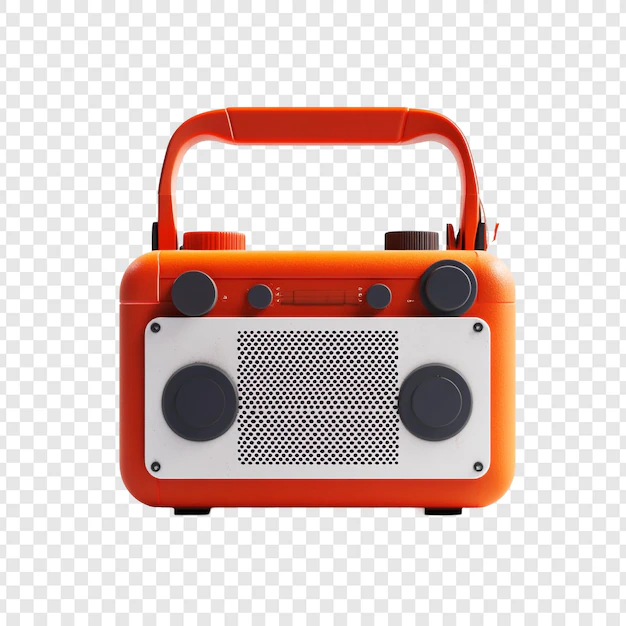If you’ve ever noticed a Rattling Sound When Ac Turbs B 2000 Town And Country, you’re not alone. Many owners of this minivan experience unusual noises from their air conditioning system, especially as the vehicle ages. While the 2000 Chrysler Town and Country is known for its comfort and reliability, an odd noise from the AC can be both annoying and concerning. In this guide, we’ll explore the common causes of this issue, how to diagnose it, and what steps you can take to fix it for good.
Understanding the Rattling Noise in Your AC
A Rattling Sound When Ac Turbs B 2000 Town And Country often points to a mechanical or debris-related problem within the air conditioning system. This noise can originate from the compressor, fan, or other components that activate when you switch on the AC. Identifying the source early can prevent costly repairs.
Common Causes of the Rattle
One of the most frequent causes of a Rattling Sound When Ac Turbs B 2000 Town And Country is debris stuck in the blower fan or condenser. Other possible reasons include loose mounting brackets, worn-out bearings, or a failing compressor clutch. Each of these issues requires a different diagnostic approach.
The Role of the AC Compressor
If you hear a Rattling Sound When Ac Turbs B 2000 Town And Country, the compressor may have internal damage or be struggling with worn-out parts. This is especially common in older vehicles that have gone years without AC servicing.
Loose or Damaged AC Components
Sometimes, the Rattling Sound When Ac Turbs B 2000 Town And Country comes from loose bolts, brackets, or housing panels. When the AC engages, vibration causes these loose parts to shake, producing the rattling noise. A quick inspection under the hood can often reveal the culprit.
Worn-out Blower Motor Bearings
If the blower motor bearings are worn, you may notice the Rattling Sound When Ac Turbs B 2000 Town And Country even at low fan speeds. This noise may grow louder over time, especially if the bearings are not lubricated or have suffered long-term wear.
Debris Inside the AC System
Leaves, twigs, or small stones can make their way into the AC system, particularly through the air intake. This debris can cause a Rattling Sound When Ac Turbs B 2000 Town And Country until it’s removed. Cleaning the system can often solve the problem without expensive repairs.
Problems with the Condenser Fan
If its blades are damaged or obstructed, you might hear a Rattling Sound When Ac Turbs B 2000 Town And Country. In severe cases, the fan may need replacement to restore quiet operation.
How to Diagnose the Source
To pinpoint the Rattling Sound When Ac Turbs B 2000 Town And Country, start by listening closely under the hood while a helper turns the AC on and off. Determine whether the noise comes from inside the cabin, near the compressor, or from the condenser area.
Quick DIY Fixes
If you’re handy with tools, you can try resolving the Rattling Sound When Ac Turbs B 2000 Town And Country yourself. This might include tightening bolts, removing debris, or lubricating bearings. However, more complex issues like compressor repairs should be handled by a professional.
When to See a Mechanic
A Rattling Sound When Ac Turbs B 2000 Town And Country that persists despite simple fixes could signal a serious problem, such as a failing compressor or damaged AC clutch. If the noise is loud, accompanied by poor cooling, or followed by strange smells, seek professional help immediately.
Preventing Future AC Rattling
Regular maintenance can help you avoid the Rattling Sound When Ac Turbs B 2000 Town And Country in the future. This includes cleaning the condenser, replacing cabin filters, checking fan blades, and scheduling annual AC inspections.
Cost of Repairs
Repairing a Rattling Sound When Ac Turbs B 2000 Town And Country can range from $50 for a simple debris removal to over $800 for compressor replacement. The cost depends on whether you hire a professional or do it yourself to fix the noise.
Seasonal AC Care Tips
Before summer begins, test your AC to ensure there’s no Rattling Sound When Ac Turbs B 2000 Town And Country. If you hear any unusual noises, address them right away to avoid breakdowns during hot weather.
Importance of Timely Action
Ignoring a Rattling Sound When Ac Turbs B 2000 Town And Country can lead to more severe damage, including complete AC failure. Addressing You can save money, enjoy more comfort, and extend the life of your vehicle by catching the issue early.
How Weather Conditions Affect the Noise
Interestingly, a Rattling Sound When Ac Turbs B 2000 Town And Country can be more noticeable during certain weather conditions. For example, extremely hot days may cause metal components to expand, making loose parts vibrate more. On colder days, brittle plastic clips or mounts may crack, increasing the chances of rattling when the AC system powers up. Time your inspections more effectively if you are aware of this seasonal variation.
Electrical Issues as an Overlooked Cause
While mechanical wear is the most common reason for a Rattling Sound When Ac Turbs B 2000 Town And Country, electrical problems can also be a hidden factor. Faulty relays, loose wiring harnesses, or failing AC control modules can cause inconsistent fan speeds or intermittent compressor engagement. These irregular operations can produce vibrations that mimic a rattling noise, making diagnosis more challenging without proper testing equipment.
The Impact of Driving Habits on AC Longevity
Your driving habits can indirectly influence the likelihood of developing a Rattling Sound When Ac Turbs B 2000 Town And Country. Frequent stop-and-go driving, idling with the AC on for extended periods, or driving on dusty, debris-filled roads can speed up wear on the system’s moving parts. By avoiding prolonged idling, scheduling regular filter changes, and keeping the vehicle clean, you can help your AC system remain quiet and efficient for years.
Conclusion:
A Rattling Sound When Ac Turbs B 2000 Town And Country is more than just an annoyance it’s a warning sign that something is wrong. By understanding the possible causes, performing basic checks, and getting timely repairs, you can restore quiet, cool comfort to your drive.


